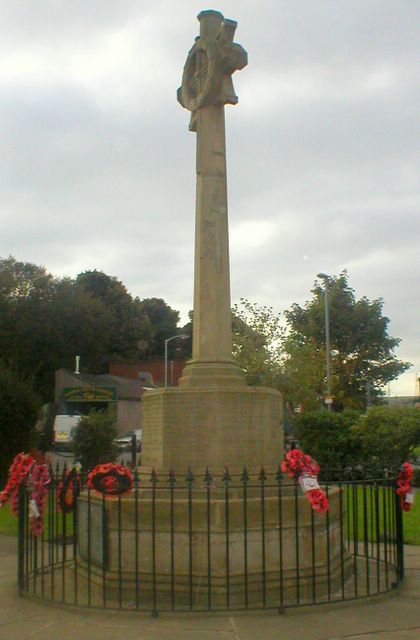 Two sites overlook Norden, where the Autumn Saffron Crocus (Crocus nudiflorus) grows and flowers. Apart from a few sites in the Midlands, odd places,and a large saffron industry in Spain, the next home of the plant is the Middle East.
Two sites overlook Norden, where the Autumn Saffron Crocus (Crocus nudiflorus) grows and flowers. Apart from a few sites in the Midlands, odd places,and a large saffron industry in Spain, the next home of the plant is the Middle East.Saffron (Chemical name crocin) is the water soluble carotenoid dye that gives colour to Chorizo sausage from Spain, paella and of course saffron cake. It is found in the anthers of the crocus (see pic) and the finest source is said to be Iran followed by Turkey. It is now
 clear that the Crusaders returned from their work suppressing the Saracen and Mussulman, with crocus bulbs, cherishing it's religious overtones and probably it's alleged aphrodisiac qualities.
clear that the Crusaders returned from their work suppressing the Saracen and Mussulman, with crocus bulbs, cherishing it's religious overtones and probably it's alleged aphrodisiac qualities.It is clear now that the Rochdale sites (and there are 11 known - 1 new one has been found this year) are relics from lands owned by the Knights Hospitallers, who owned land around Rochdale. Details can be found in the "Coucher Book of Whalley" which is a 12 Century listing of lands that paid rent to Whalley Abbey - perhaps the most famous locally was Simone de Balderstone.

So when you look out from Norden cricket club above you are the sites of the saffron crocus and the ancient lands of the Crusaders.
These upland areas, bleak, windswept, never saw the plough and these relicts are left as a mute symbol of our Island history, right in the heart of our village.
Unlike the Da Vinci Code hoopla ...our connection is real.
 Norden war memorial, already bearing poppy wreaths.
Norden war memorial, already bearing poppy wreaths.
 Emile Durkheim's
Emile Durkheim's